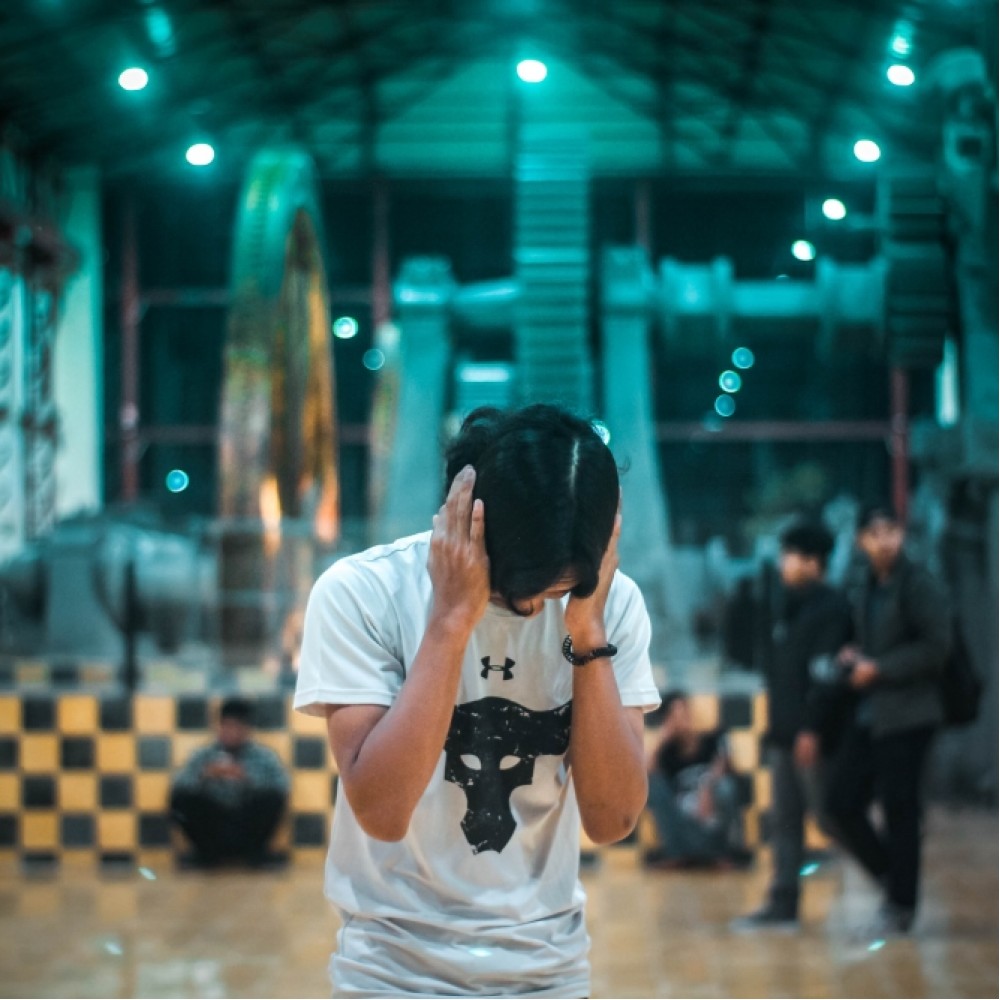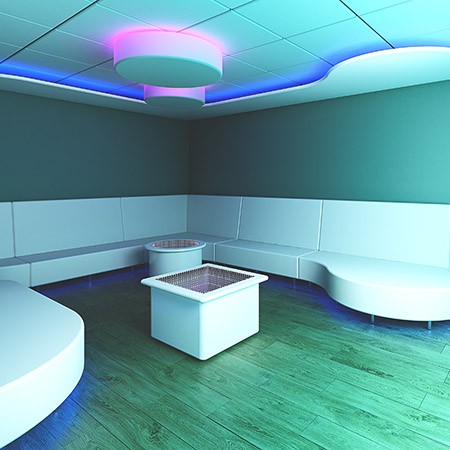
Sensory overload can happen to anyone, with every individual having different triggers. It occurs when too much information is sent to the brain to be processed at once. As the brain is trying to process too much, it can’t prioritise or identify the sensory information it needs to focus on.
For children, sensory overload can feel more intense, and it can be much harder for those with a sensory processing disorder.
Although anyone can experience sensory overload, it is associated and experienced more frequently by those who have certain conditions such as autism and post-traumatic stress disorder.
Signs of sensory overload:
Any individual experiencing sensory overload will feel overwhelmed, scared, or exhausted. If an individual with a sensory processing disorder tells you or shows you that they feel overwhelmed – such as stimming more, becoming irritable or withdrawing – help them figure out what they need to calm down.
Some common things that might help include:

Sensory products are another great way to try and relieve symptoms of sensory overload. Below is our list of the top five sensory products you can use to help anyone experiencing sensory overload. Each of these products can calm and soothe users, whilst also giving them something to engage and focus on in order for them to restore themselves after feeling overwhelmed:
Providing a soft light and quiet bubbling noise, bubble tubes provide an ideal focus point in a quiet room and can help calm a distressed individual.
With lots of tiny fibre optic lights embedded among the fibres, the fibre optic carpet can make a great calm-down spot, particularly for younger users (although it can be sized up to 2x2 metres to accommodate anyone).
Create a soothing sensory space without the need for visuals or sounds – this makes it ideal for sensory overload as it can be used by those who find visual and auditory stimulation the most overwhelming.
Perfect for lying back and watching the lights twinkle, sensory ceilings don’t require any interaction from the user as they scroll through different light colours.
When sensory overload becomes a meltdown, a soft play area can be a great space for an individual to let out their feelings safely and move around in whatever way feels best for them!

As your brain can’t properly process all the competing sensory information that is being sent to it, a message is sent to your body that you need to try and stop receiving some of the sensory input experienced.
For those with autism, sensory overload might be triggered by something as simple as touching the wrong material or hearing the wrong noise. Alternatively, it might just build up over time, and will do so more quickly in someone who is tired, hungry or socially-depleted.
Some common triggers of sensory overload are listed below:
• Hearing
Loud noises; noises coming from multiple sources; persistent background noise (like a fridge humming); unexpected, sudden sounds.
• Sight
Bright or strobing lights; spaces that are very crowded; changing scenery; too many colours; highly saturated colours.
• Smell and Taste
Strong or unpleasant smells; strongly-spiced foods or aromas; foods with an unpleasant texture.
• Touch
Being touched by another person; tags on clothing; touching something with an unpleasant texture.

For those with sensory processing disorders, sensory overload is often an unfortunate fact of life.
If you are aware that someone’s senses often get overwhelmed and have triggered a sensory overload in the past, the best way to reduce the effects of the condition is to learn to recognise the triggers that cause the reaction. This will only get better over time, and you will learn to spot trends and connections between triggers to help understand causes for that individual more and more.
If you have someone with a sensory processing disorder in your life, the best way to help is to take preventative measures.
At home:
• Choose neutral or soft colours and avoid busy patterns
• Minimise clutter as much as possible
• Maintain a clear routine
• Provide soothing sensory products to promote calm
• Be aware of any sensory input, however minor – scented candles, running fans, even a fly in the room can become triggers.
When out and about:
• Earplugs (or over-ear headphones) can greatly reduce the amount of background noise filtering through
• Sunglasses can minimise the impact of lights or flashes
• If you’re in a new place, it might help to have an escape plan – somewhere quiet and calm you can go to get away
In order to create an entirely safe space for users, where they can be calm, explore and even develop new skills, sensory rooms full of complementary sensory products for use whenever they are feeling particularly scared, overwhelmed or drained are a great option. To discuss any of these products or the idea of sensory rooms with one of our experts, please contact us today.